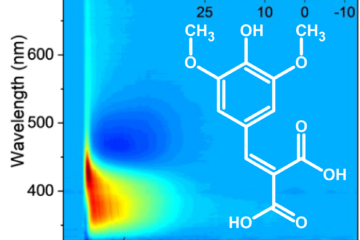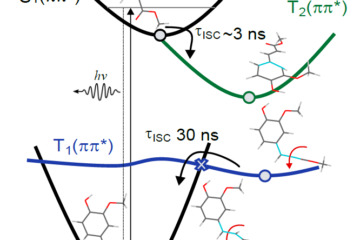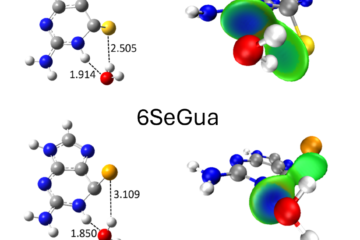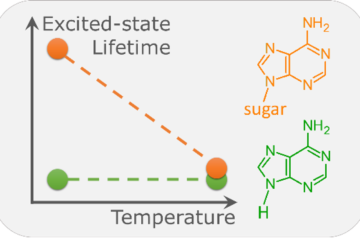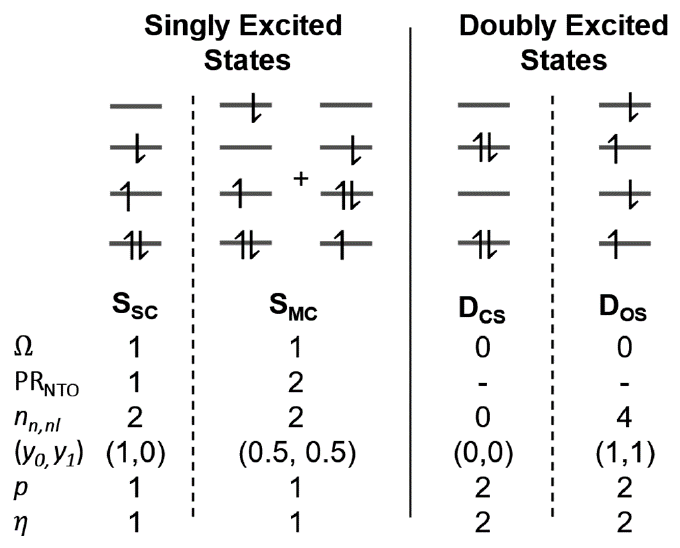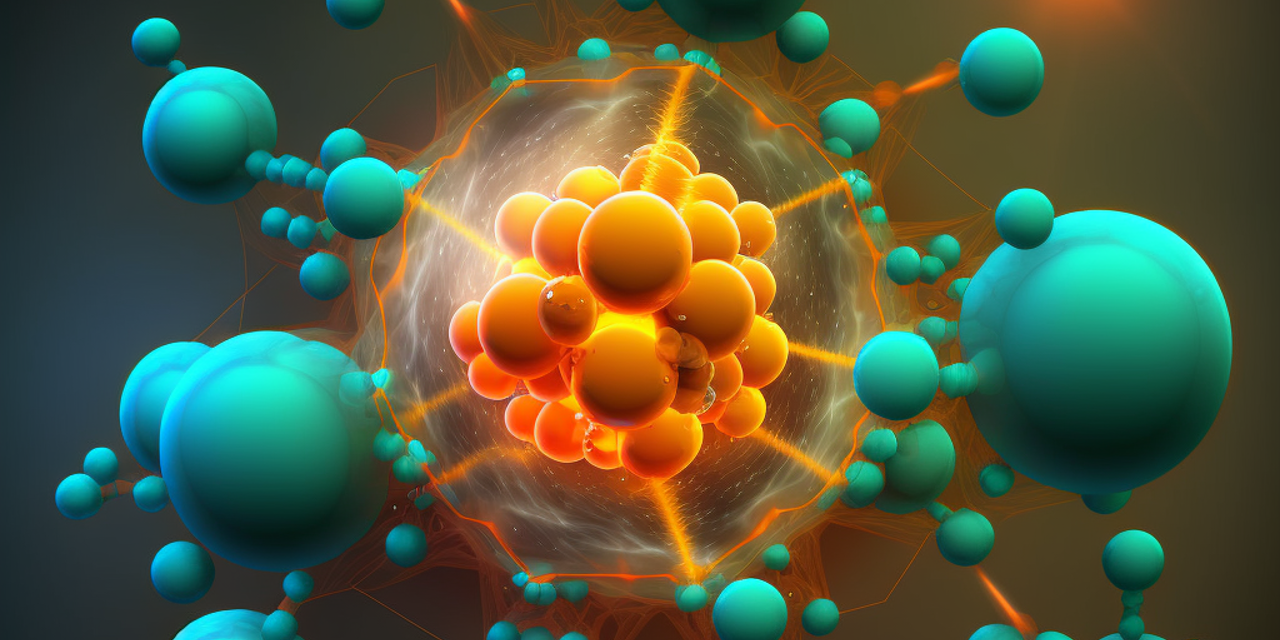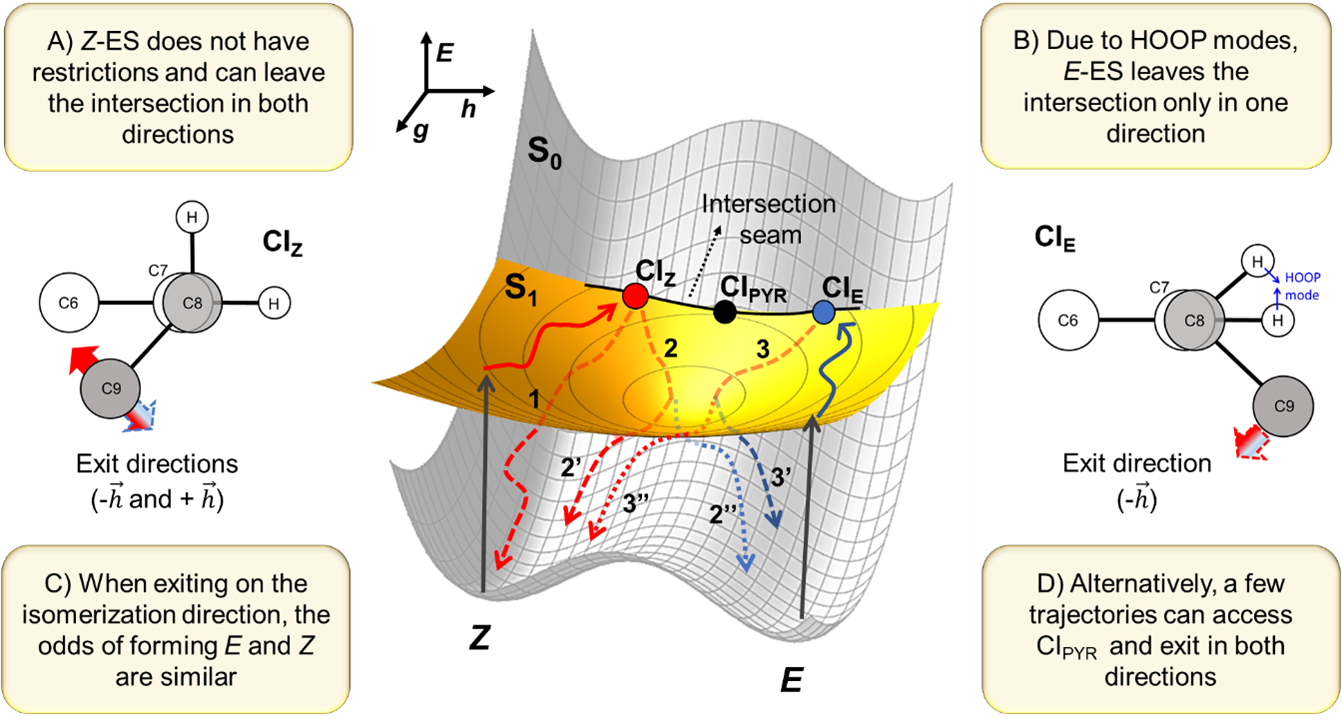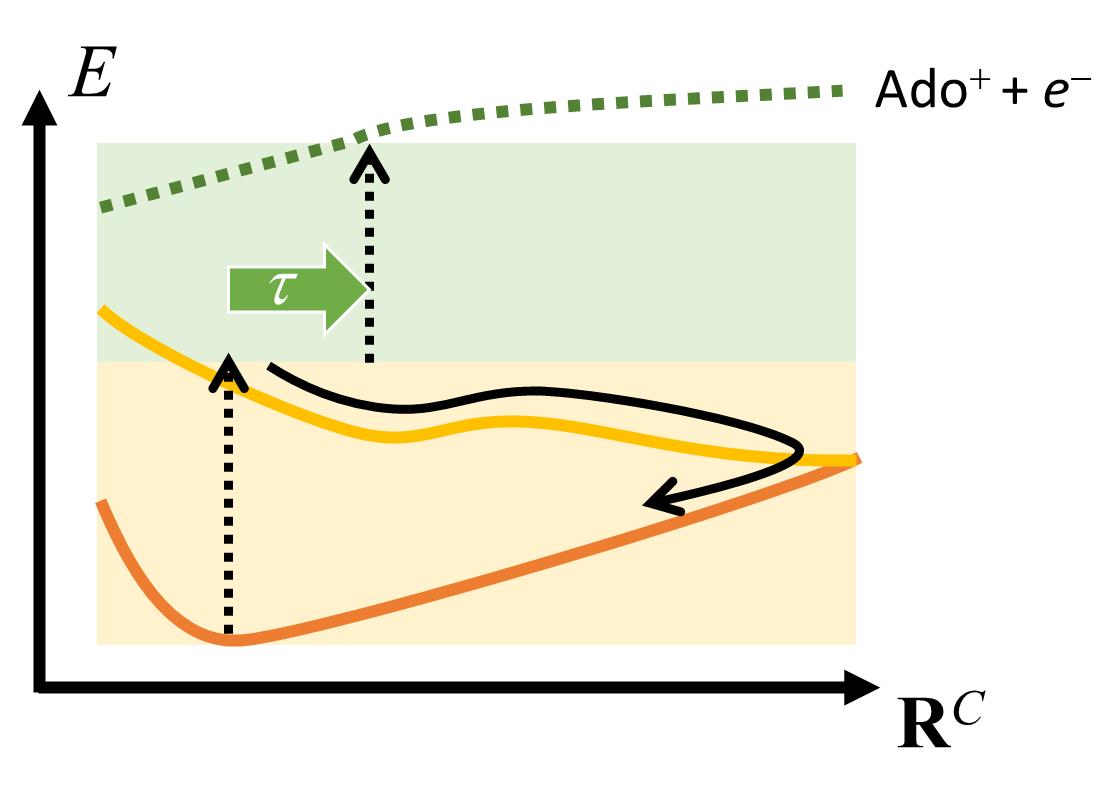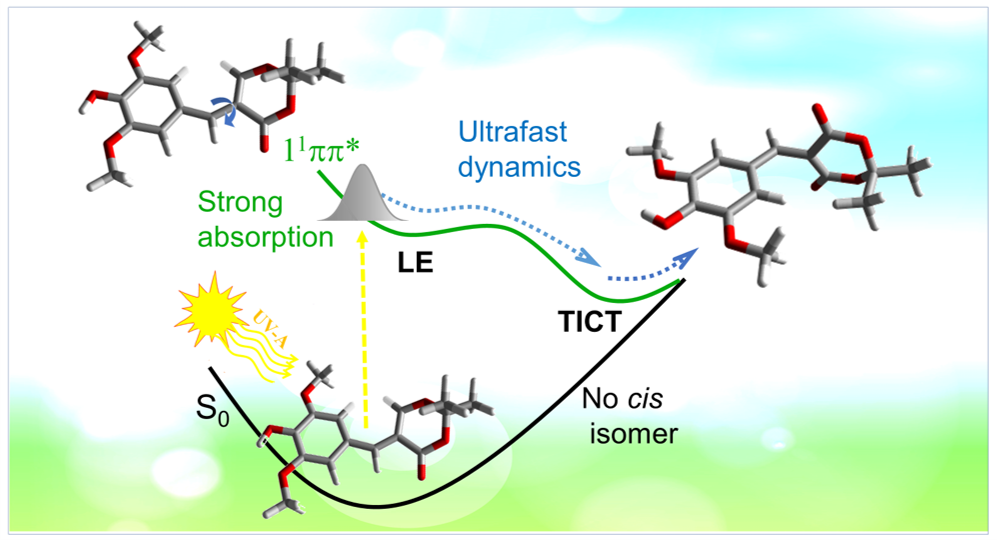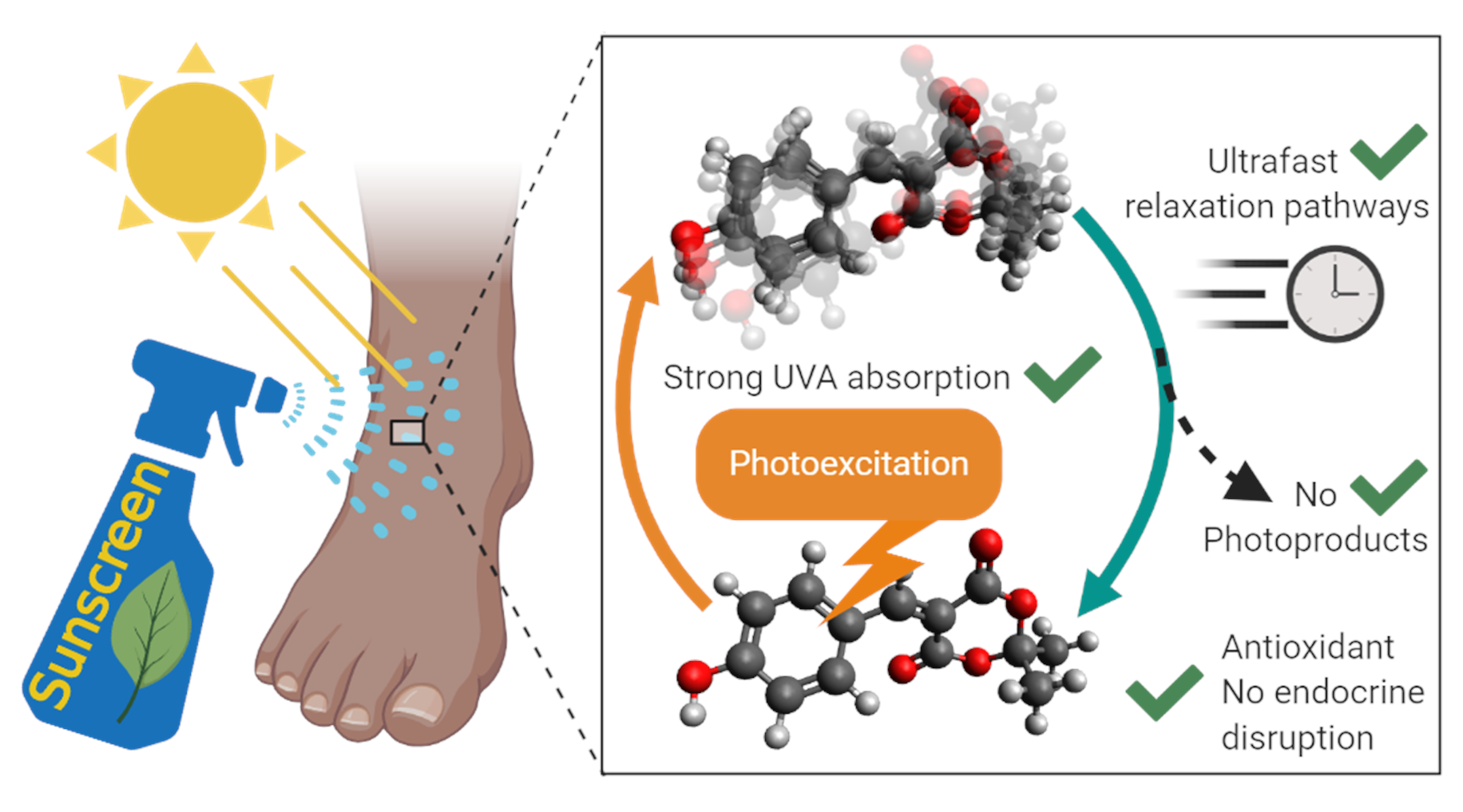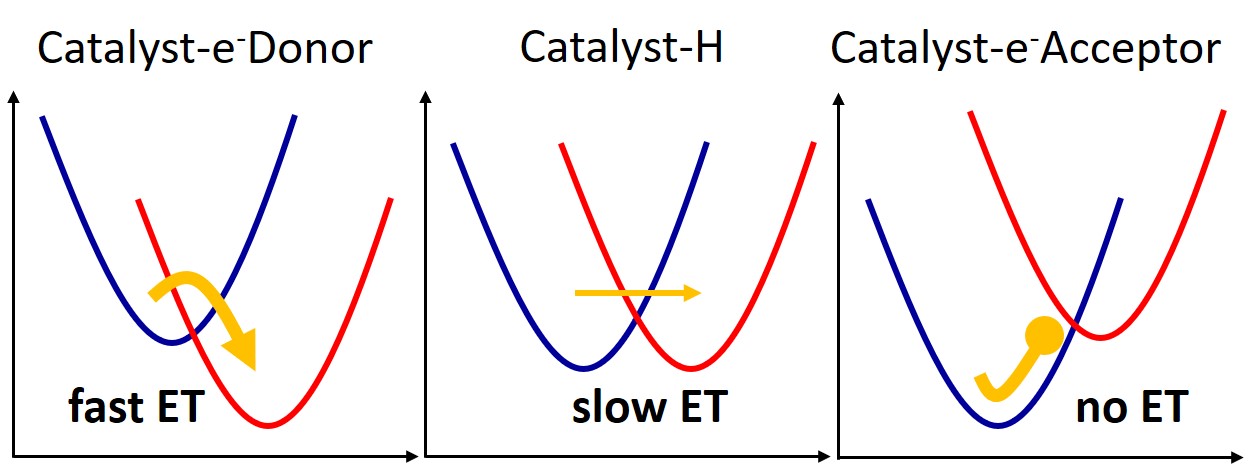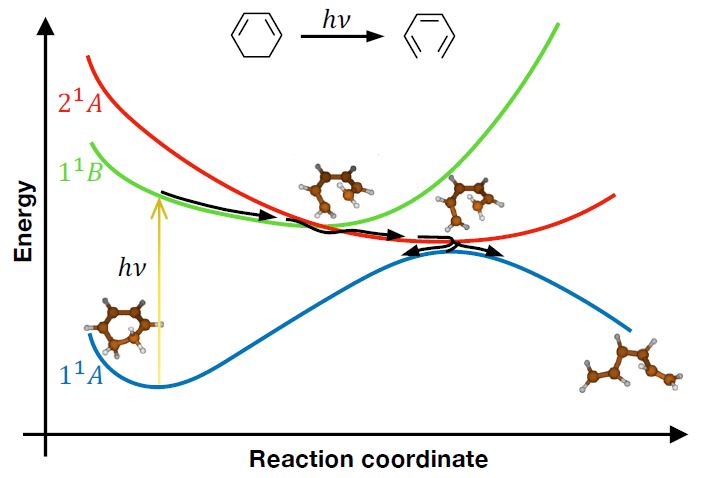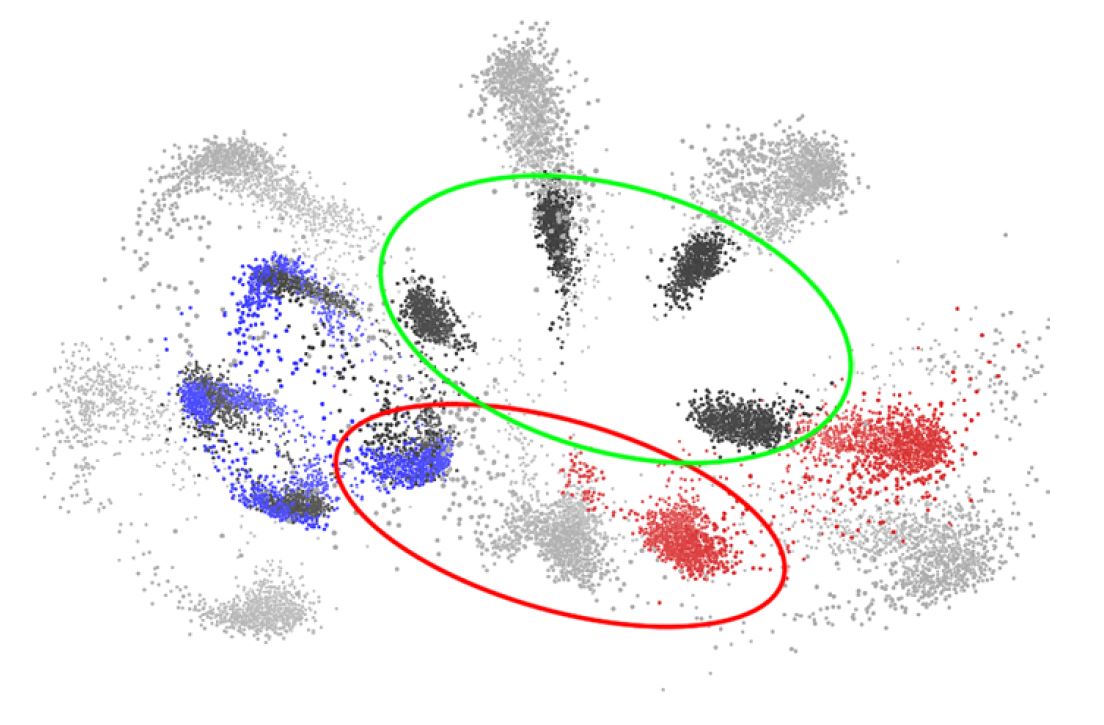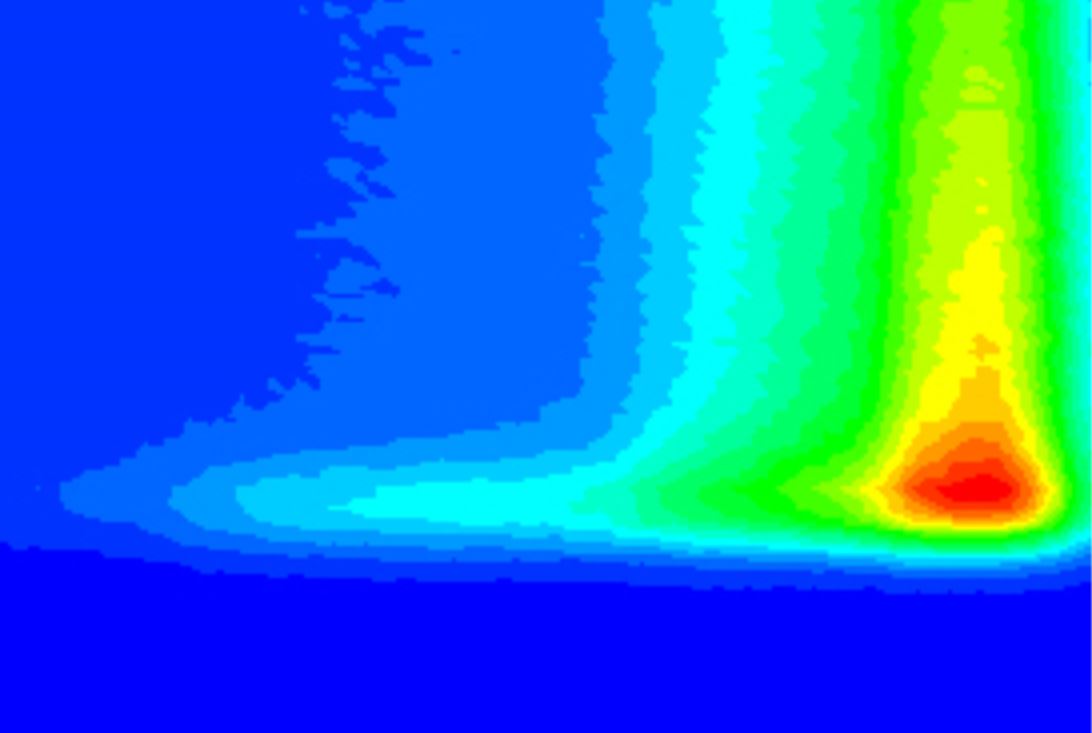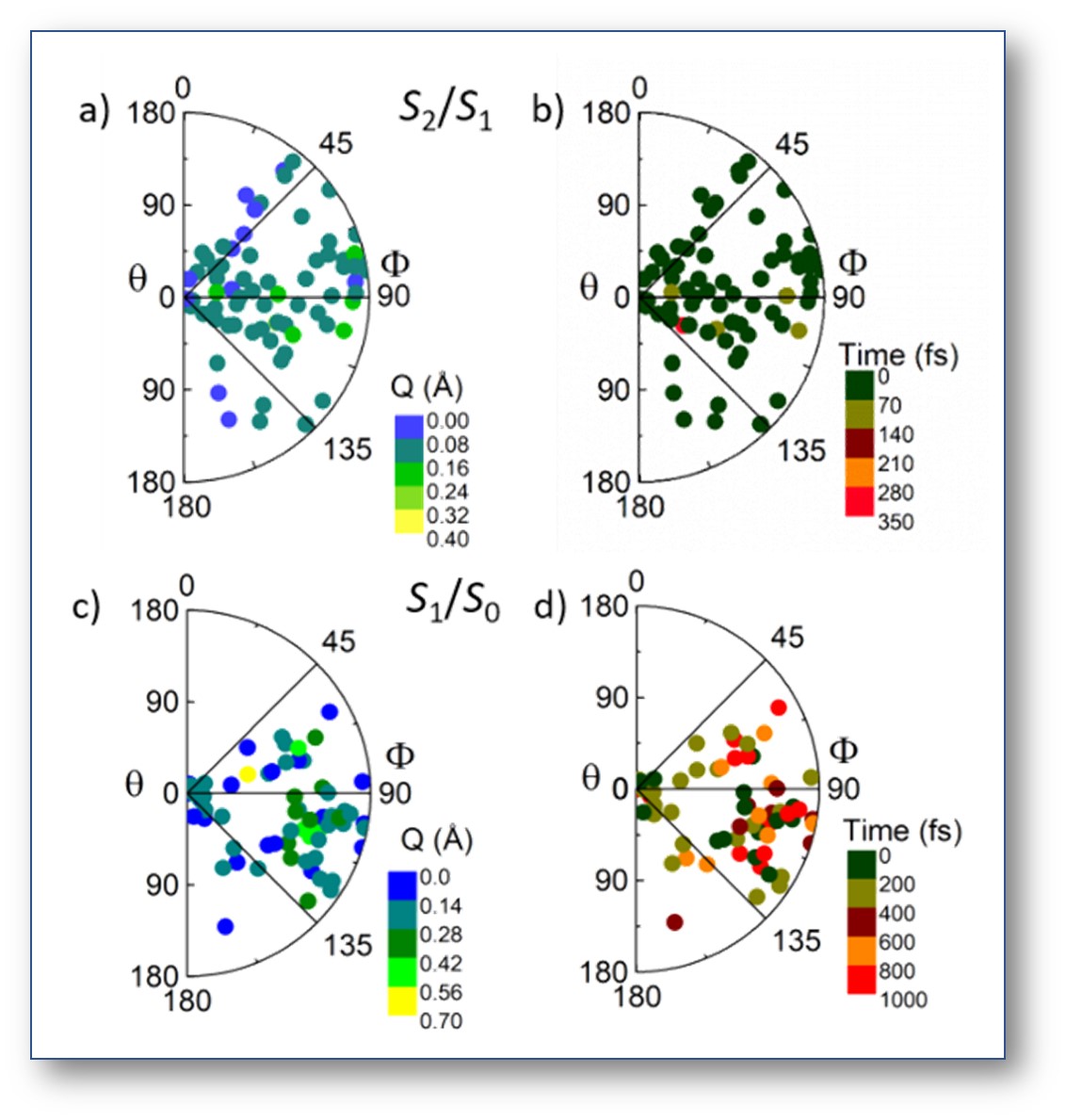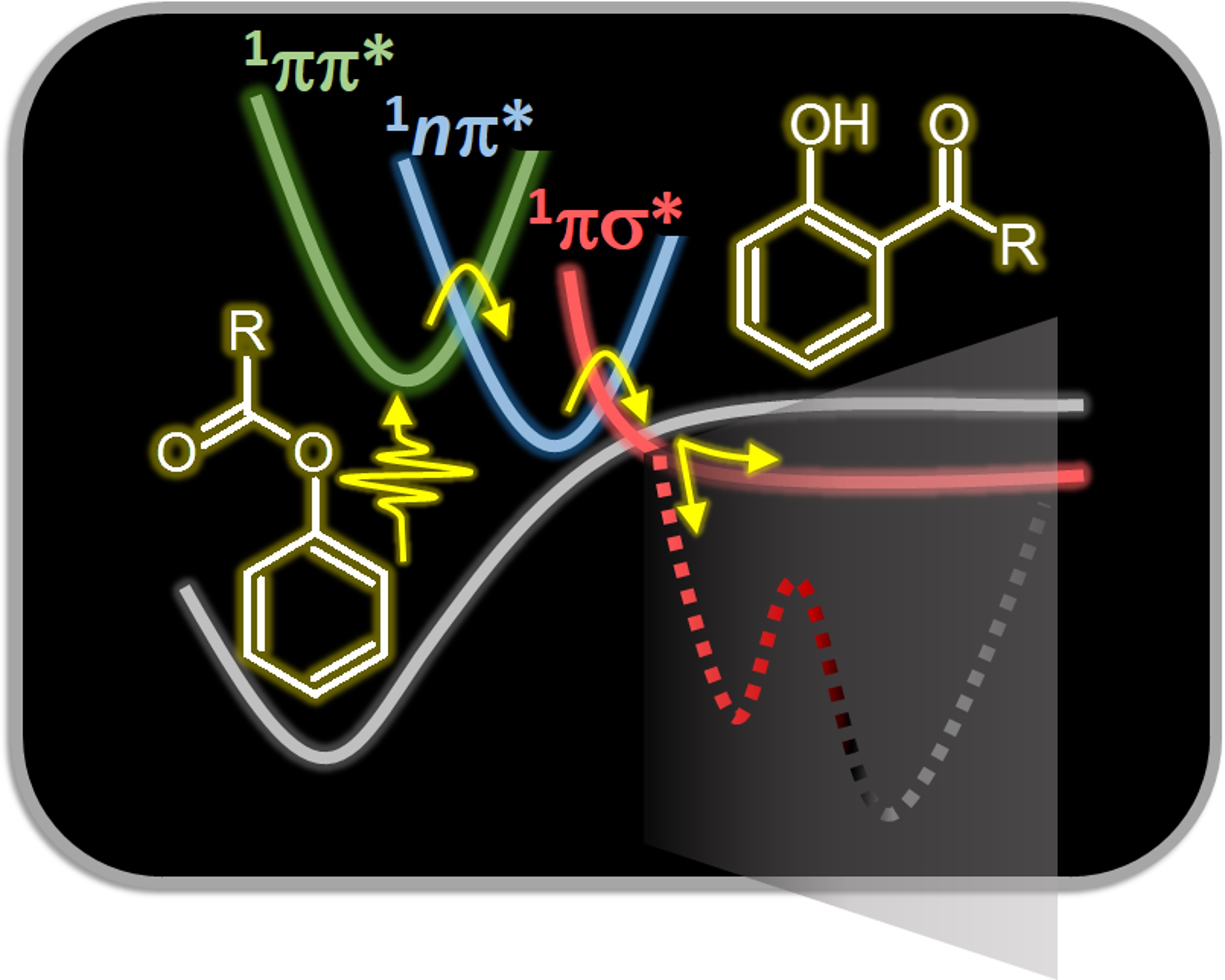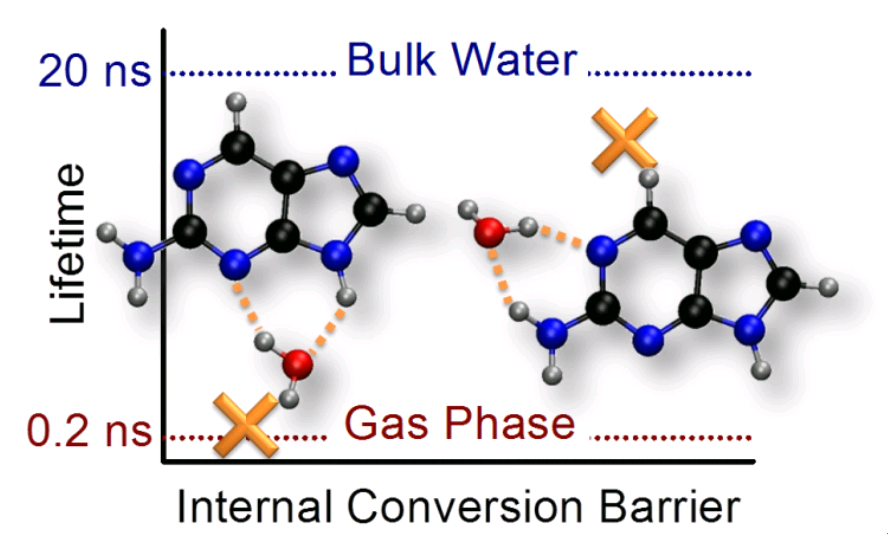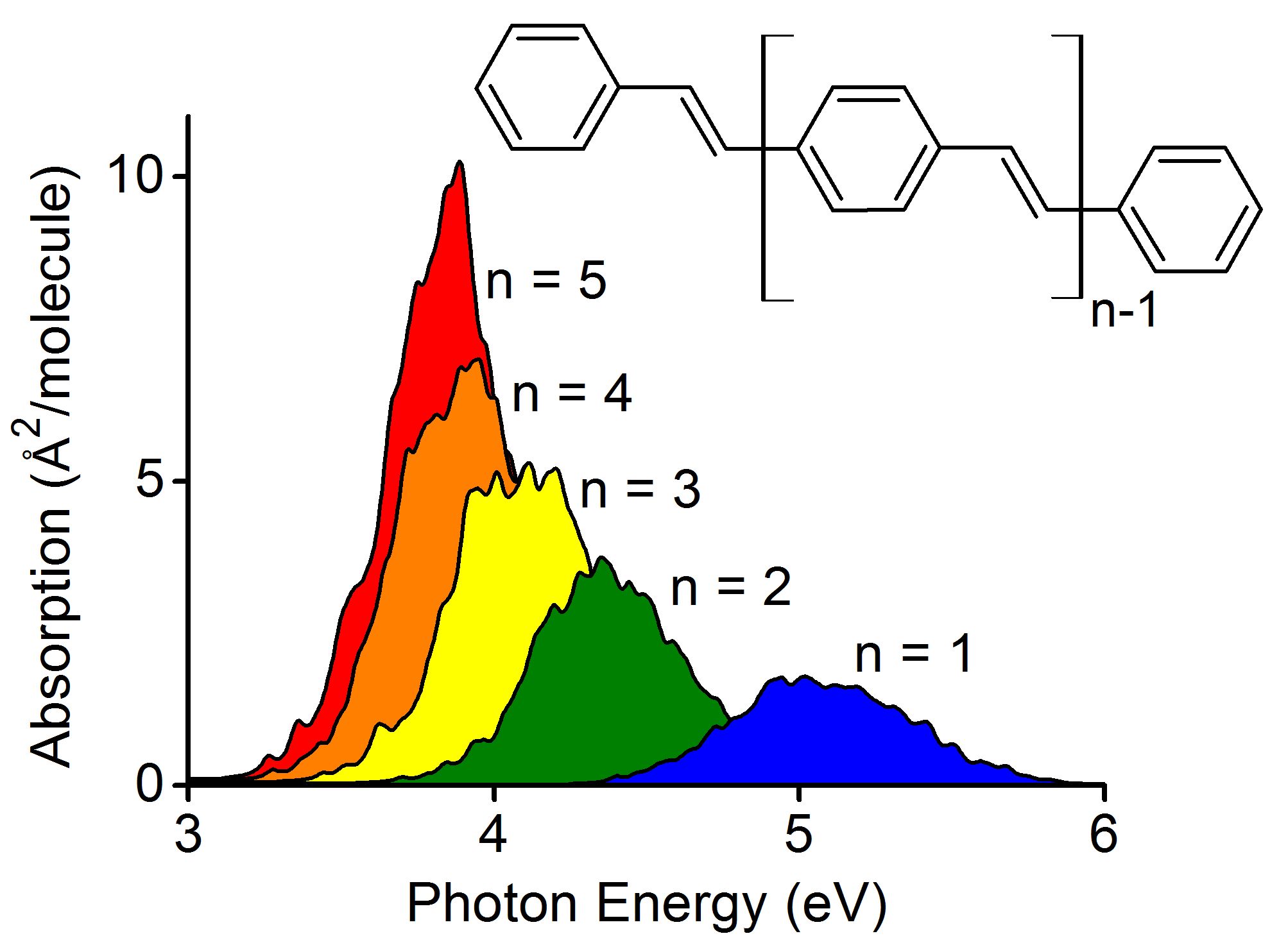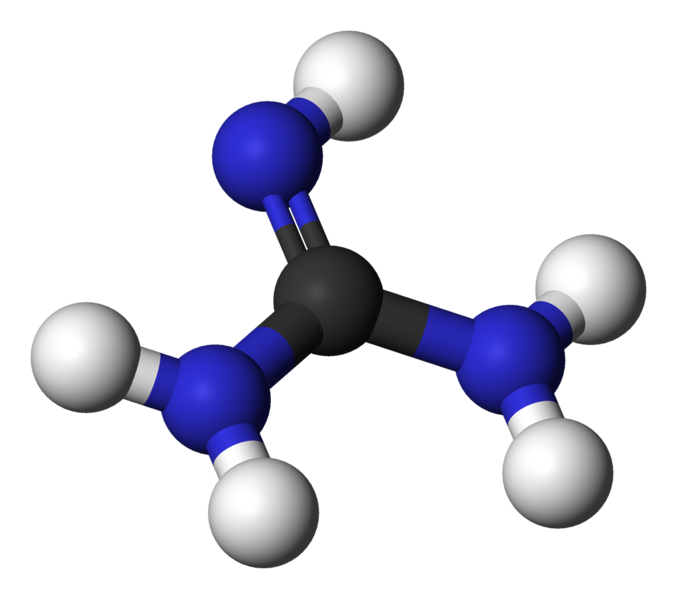Photochemistry and photophysics
Decoding the Photophysics of Methyl Ferulate for UV Filters
Methyl ferulate: protection efficiency with minimal photochemical degradation.
Photochemistry and photophysics
Internal Conversion Pathways of Resveratrol
Discovering the photophysics of resveratrol opens up its use in pharmaceutical innovations.
(more…)Photochemistry and photophysics
The reason ISC is faster in seleno- than in thioguanine
Hint: it isn’t only about SOC!
(more…)Photochemistry and photophysics
Cyclobutanone Prediction Challenge
How well can nonadiabatic dynamics forecast an experiment?
(more…)Photochemistry and photophysics Spectroscopy
Photodynamics of sinapate esters: a matter of shape
Excited-state lifetime is deeply affected by the conical intersection topography.
(more…)Photochemistry and photophysics Spectroscopy
Temperature-dependence in adenosine internal conversion
Intramolecular energy transfer at low temperatures delays adenosine’s internal conversion.
(more…)Photochemistry and photophysics Spectroscopy
Phosphorescence lifetime of aromatic carbonyls
Phosphorescence of aromatic carbonyls takes much longer from ππ* than from nπ*. We explain why.
(more…)Photochemistry and photophysics
Classification of Doubly Excited Molecular Electronic States
A physically motivated definition of doubly excited character based on density matrices is proposed.
Photochemistry and photophysics Review
Modeling charge and energy transfer in active environments
Surface hopping is the leading approach to help understand excited molecules in active environments.
Photochemistry and photophysics
Ultrafast photoisomerization dynamics in sinapate esters
Unexpected complex isomerization dynamics of ethyl sinapate.
Photochemistry and photophysics
Non-Kasha fluorescence of pyrene
Simulation confirms pyrene spectral shoulder is from non-Kasha emission.
Photochemistry and photophysics
H-bond’s role in adenosine’s photophysics
H-bond promotes ring-puckering in adenosine.
Photochemistry and photophysics
Ultrafast internal conversion at large energy gaps
Dynamics simulations show 100-fs internal conversion at 0.5-eV gaps.
Photochemistry and photophysics
Heating and cooling a chromophore after photoexcitation
How long does it take to transfer energy from a hot molecule to a solvent? We have the answer.
Photochemistry and photophysics
Novel Molecular Light-to-Heat Converters
Barbituric derivatives are a green option for photothermal applications.
Photochemistry and photophysics
Photophysics of UVA Filters Based on Meldrum Derivatives
Meldruns photophysics follows a two-step logistic decay through a charge-transfer state.
Photochemistry and photophysics
A New Generation UV‑A Filters
Meldrum phenolics proposed as a new class of UV-A filters.
Photochemistry and photophysics
Boosting Charge Transfer in an Organic Photocatalyst
Attaching an electron donor group to the chromophore can speed up electron transfer.
Photochemistry and photophysics
Photodissociation of cyclohexadiene with CASPT2 dynamics
Paper sets a new gold-standard for surface hopping.
Photochemistry and photophysics
Nonadiabatic Dynamics of Urocanic Acid
Dynamics shows that quantum-yield dependence on excitation energy doesn’t occur in the gas phase.
Photochemistry and photophysics
Intersystem crossing in 4-thiouracil
Multiscale photo-relaxation of thiouracil is resolved through theory and experiments.
Photochemistry and photophysics
Dynamics of UV-Excited Thymine-Water Cluster
UV radiation triggers water evaporation within 30 fs.
Photochemistry and photophysics
Three-state Model for the Photo-Fries Rearrangement
Photo-Fries rearrangement plays a central role in organic synthesis. But how does it really work?
Photochemistry and photophysics
Tailoring Schiff Bases Photoswitching
Dynamics reveals how to design chemical substitutions to control proton transfer efficiency.
Photochemistry and photophysics
Revisiting the Excited State Dynamics of Thymine
So far, the long lifetime of UV-excited thymine has been explained in terms of trapping in the second excited state. Simulations with electron correlation shows this hypothesis doesn’t hold.
Photochemistry and photophysics
Guanidinium: A New Analytical Tool to Detect Anions
Chromophore-guanidine compounds can be used as selective anion sensors.
Photochemistry and photophysics
Why One Water Molecule Makes Aminopurine Fluorescent
Using computational simulations of 2-aminopurine-water clusters, we show why a single water may turn the fluorescence of this molecule on.
